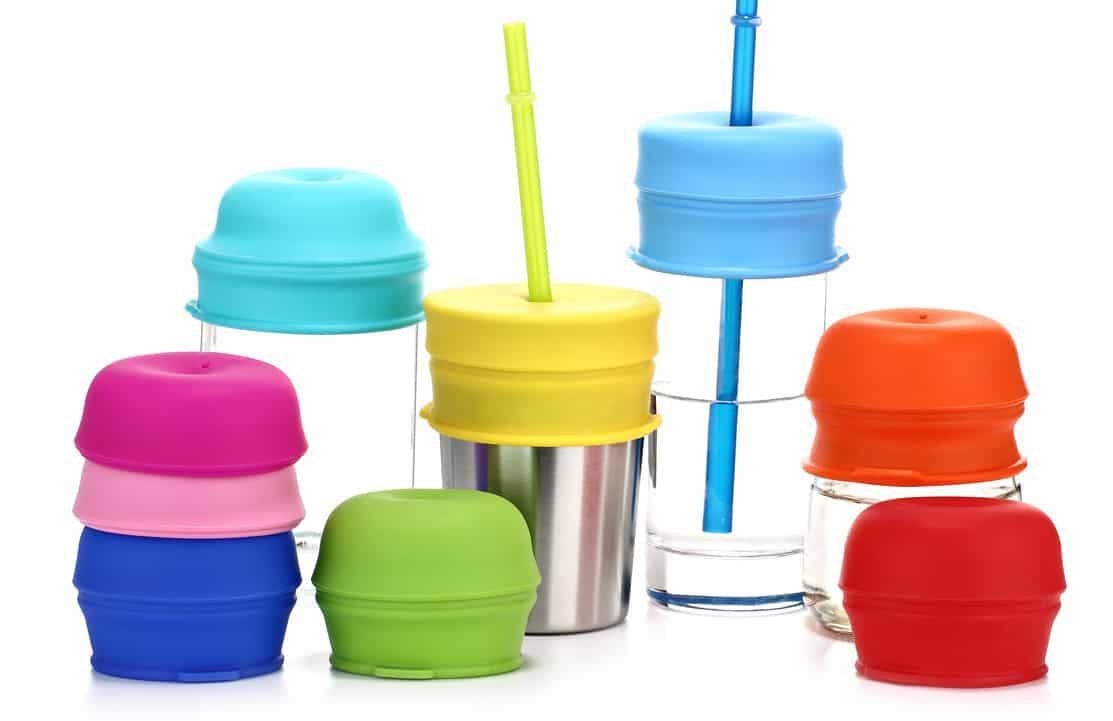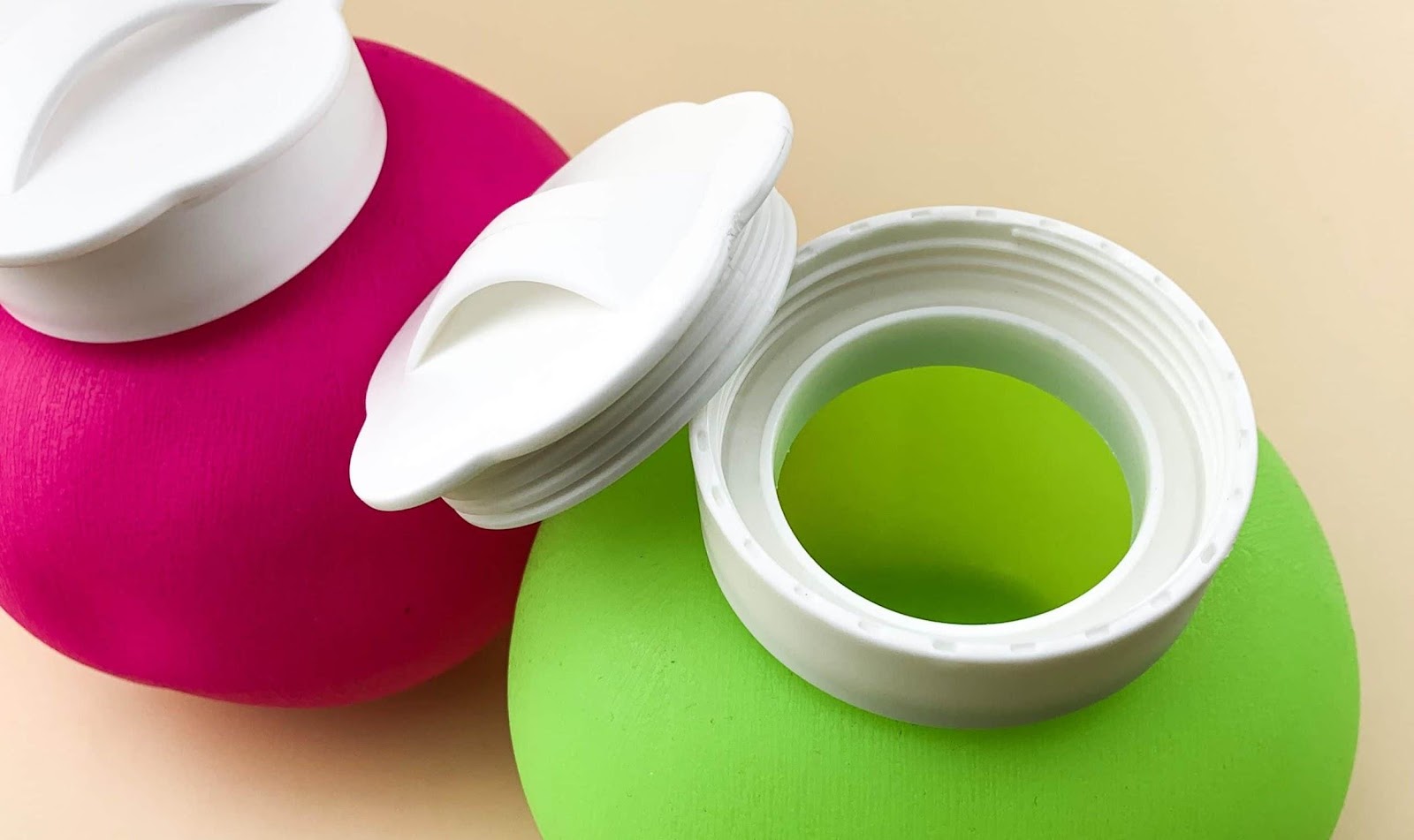Table of Contents

In today’s manufacturing world, liquid silicone rubber (LSR) is used in many different industries. This makes it a very integral and versatile material. Sectors such as medical devices, automotive, consumer goods, and electronics rely heavily on this polymer. LSR has multiple attributes, such as durability, flexibility, and heat resistance, that make it ideal for so many applications.
Since the use of this material is of great popularity, it becomes even more crucial to determine the factors that affect its price. Such important factors that determine the price include some issues in the global supply chain, the cost of the raw materials, and the market requirements. This article will help you understand the significant price determinants, the present situation, and future tendencies in LSR pricing.
Important Factors Impacting the Price of Liquid Silicone Rubber
To discern what makes up the overall price of LSR and its products, several factors need to be taken into consideration. In this section, we will reveal all the components that collectively form the price of this special type of polymer, starting from raw materials to technology.
Raw Material Costs
The cost of liquid silicone rubber varies depending on the raw materials, which include silicone. Silicone is produced from silicon dioxide by a complex procedure that also requires a lot of energy. This process is strongly connected with the final cost of the goods. Furthermore, the cost of other components, such as the filler, also contributes to the price of the product.
The cost of raw materials is also influenced by global economic conditions and energy price fluctuations. If the supply of silicon dioxide or other fillers is disruptive, you will have a hard time keeping LSR manufacturing costs low.
Technological Advancements
As liquid silicone rubber manufacturing becomes more advanced, there are chances of both an increase and a decrease in its price. On one hand, the possibility of enhancing injection molding and curing can decrease the time to produce the item and, therefore, make it cheaper. However, the attempt to generate new LSR formulations that are superior in their qualities will make the manufacturing process harder and more costly. As such, technical progress within production may help reduce expenses, but at the same time, it adds new factors into play that also influence the possible price.
Supply Chain Dynamics

The global supply chain presents several key factors that cause variations in the price of LSR. Calamities like floods, political instabilities, and diseases, including COVID-19, are some of the ways the supply chain can be affected. If the supply chain experiences any hiccups, it can cause significant changes in prices. In the case where you are low on raw materials or you have to incur more transport costs, the price will have to go up.
Market Demands
How much demand your product has in the market is directly related to its price. Each industry has unique needs and expectations for liquid silicone rubber. For instance, the medical sector has experienced a boost in the need for LSR. This is mainly because of its biocompatibility, which makes it suitable for medical implants and devices. The automotive industry heavily relies on this polymer as it needs materials that can withstand extreme conditions.
As a result of this increasing demand, the price of liquid silicone rubber will also increase. This becomes even more significant if supply can’t keep up with demand. On the other hand, if other materials become more popular, the price of LSR can suffer a hefty drop.
Current Trends for LSR Pricing
If you want to make the best purchase decisions, you should have a thorough understanding of price trends for LSR. There are several trends you should look at to determine the current price and make predictions about future fluctuations. From a push towards sustainability to regional variations, we have compiled some of the major trends you should be aware of.
Sustainability
As the world moves more towards sustainable alternatives, the demand for eco-friendly LSR formulations is rising. Manufacturers are looking for sustainable silicone alternatives. They are exploring a less environmentally impactful manufacturing process. While creating a more eco-friendly option comes with a higher initial cost, it represents a growing segment of the market. In the long run, the price of these sustainable options will be more competitive than traditional formulations.
Integration of Technology
Using advanced technology like automated systems is significantly enhancing manufacturing to an even higher level. The same is also applicable to the production of LSR. These services enhance efficiency while reducing waste. This will directly decrease the price of liquid silicone rubber. You should know that the cost of implementation of this advancement is comparatively high, and it may raise the price of LSR. However, this increased price is balanced by long-term efficiency and cost reduction.
Regional Variation
The price of LSR and its products is different across the many regions where they are used. Factors such as raw material availability, local production capacity, and industrial demand can be blamed for this disparity. Regions such as China dominate the liquid silicone rubber manufacturing market. However, increasing labor costs and the implementation of more strict environmental guidelines are becoming problems.
At the same time, the increased demands from the medical and automotive industries in regions such as North America and Europe are also contributing to the differences in price. Overall, these variations show the importance of considering where the product comes from to better understand its price.
Global Events

The liquid silicone rubber market is also influenced by global occurrences. They directly affect the supply chain and, hence, the polymer price. Factors such as emerging political instabilities and other unforeseen events, such as COVID-19, have proved that the global supply chain is sensitive.
This has posed pressure on many companies to seek better systems and alter their sourcing techniques. These changes can impact LSR prices since companies will adjust the value of LSR to fit the new market conditions.
Market Outlook on Liquid Silicone Rubber Pricing
Where the LSR price ends up in the future primarily depends on market demand and improvements in technology. You should expect the market to experience steady growth over the next five years. However, you also have to consider the impact of challenges such as material shortages and the need for sustainable production. Consequently, only the companies that work to adapt to these challenges will be able to take advantage of the liquid silicone rubber market.
Insilicone: A Leading Supplier for LSR Products
Insilicone is an industry leader when it comes to providing high-quality and reliable liquid silicone rubber products. They have a large variety of items, from baby products and kitchenware to phone cases. These quality products are available to you from the comfort of your home. Therefore, you have easy access to durable LSR products, especially for parents looking for the best baby products. You can also get stylish yet robust phone cases that will last you a long time. Their products have designs for everyday use along with options suited for more special occasions.
Conclusion
The current price of liquid silicone rubber in today’s industrial market can be attributed to a combination of many factors. Some of these are the cost of the materials to be used, demand in the market, and the availability of the raw materials. The overall future of the LSR industry is characterized by constant development and the introduction of new technologies.
However, this innovation also means that the LSR market will face many issues. The companies that will manage to overcome these challenges by acquiring new ways of producing more efficiently and sustainably will be the ones that stick around. Since liquid silicone rubber remains critical to many industries, it is important to know the aspects affecting the pricing of this product to maximize its uses.